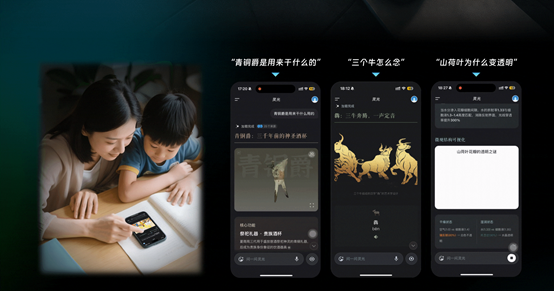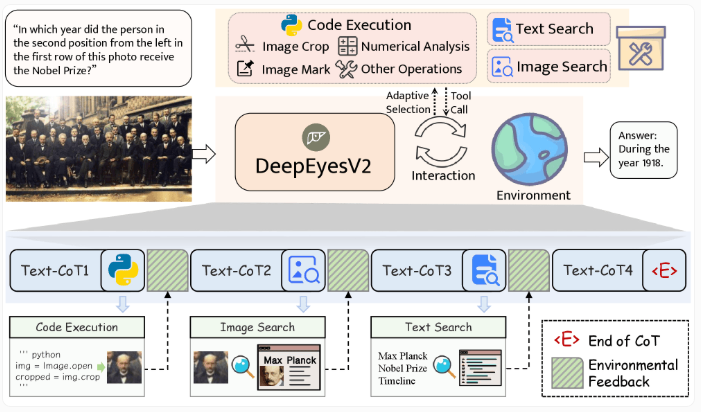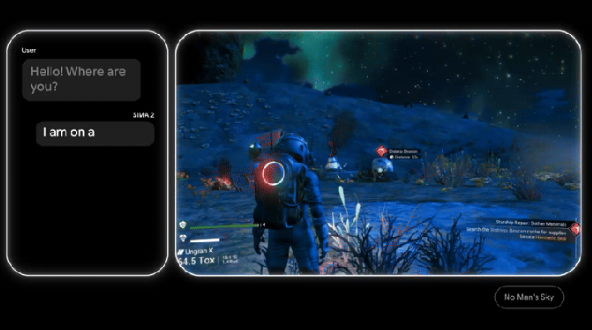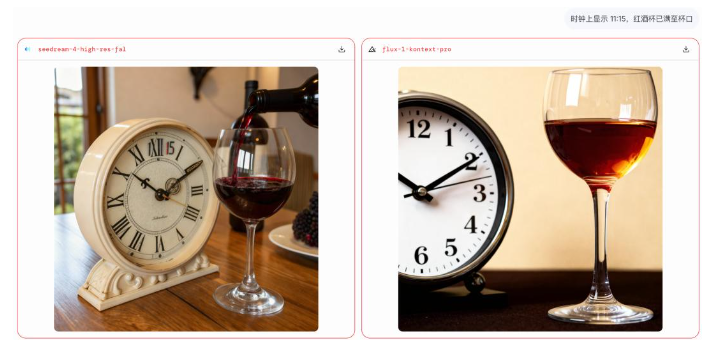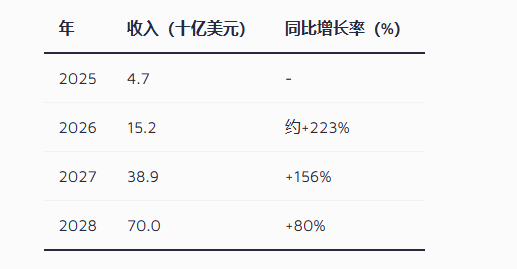Researchers have recently developed a new technology called REPA, aimed at accelerating the training speed of AI image generation models. REPA stands for REPresentation Alignment, which enhances training speed and output quality by integrating high-quality visual representations from models like DINOv2.
Traditional diffusion models typically create noisy images and gradually refine them into clean images. REPA adds a step that compares the representations generated during this denoising process with those from DINOv2. It then projects the hidden states of the diffusion model onto the representations of DINOv2.

Researchers state that REPA not only improves training efficiency but also enhances the quality of generated images. Tests conducted with various diffusion model architectures have shown significant improvements: 1. Training time reduced by up to 17.5 times. 2. No loss in output image quality. 3. Better performance on standard image quality metrics.
For example, the SiT-XL model using REPA achieved goals that traditional models required 7 million steps to reach, using only 400,000 training steps. Researchers believe this is a significant step towards more powerful and efficient AI image generation systems.
The emergence of REPA technology brings new hope for the training speed and output quality of AI image generation models. With further development and application of this technology, we can expect to see more innovations and breakthroughs.

